Bbbbeeeeeeeetttthhhhoooovvvveeeennnn
In 2002, the Scandinavian composer Leif Inge took Beethoven’s Ninth Symphony and stretched it out to 24 hours without distortion or pitch variations. The 9th Symphony’s standard duration is around 67 minutes (but it depends on the director: it can also exceed 70′ and reach up to 77’16 “in the Kubelik version of ’74), it is an expansion of about 21.5 times.
The title of this expanded version is 9 Beet Stretch. It sounds like a slow-moving sound continuum, but not so slow that it does not allow you to perceive changes in a reasonable time (a few minutes, but generally shorter). Obviously, with these times, the melody is completely lost and everything turns into a sequence of chords, but the dramatic sense of harmony remains.
All note’s entries are very gradual because it is not a simple metro slow-down but an audio signal stretched, so any attack that in the original file lasts 1/10 second, becomes 2.15 seconds in the expanded version. The audio file is a Naxos recording directed by Béla Drahos with Nicolaus Esterházy Symphony and Choir (Naxos 8.553478).
The stream can be listened on the internet from the 9 Beet Stretch site (click the player at the top right of the page). It’s an ongoing 24/7 stream of 9 Beet Stretch, starting at the time of sunset, Wien, march 26th, the date Ludwig van Beethoven died, so the four movements start at:
- CET 18:16 movement 1 – duration 5½ hours
- CET 23:43 movement 2 – duration 5 hours
- CET 04:48 movement 3 – duration 5 hours
- CET 09:24 movement 4 – duration 8½ hours
Note: CET = central Europe time.
In daylight saving time, ie. summertime (at least in CET this is last weekend in march to last weekend in october), add one hour.
Sito di riferimento: the 9 Beet Stretch site
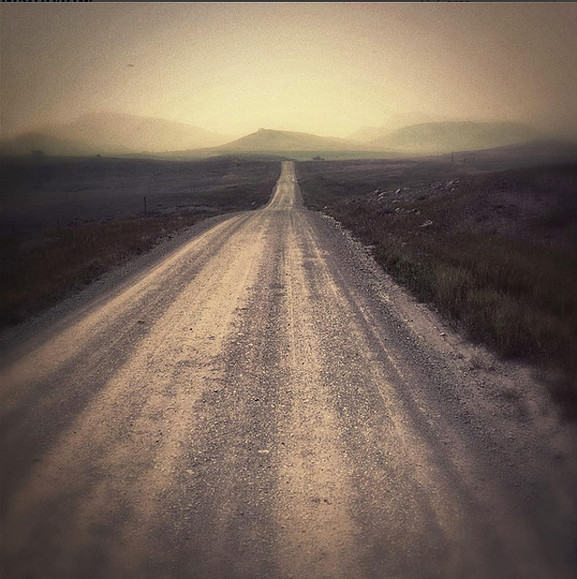
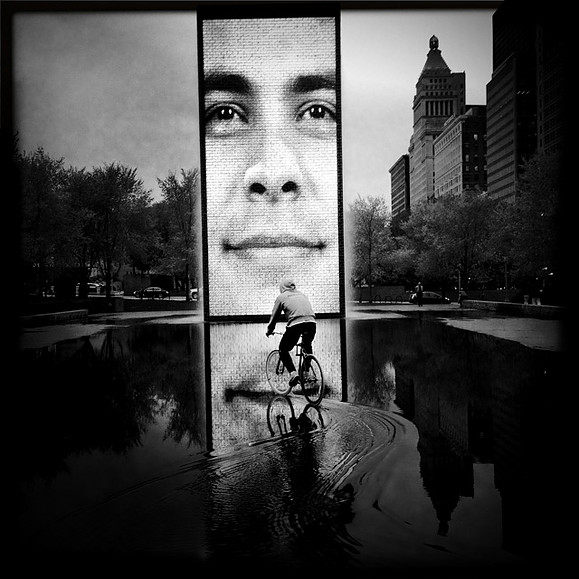

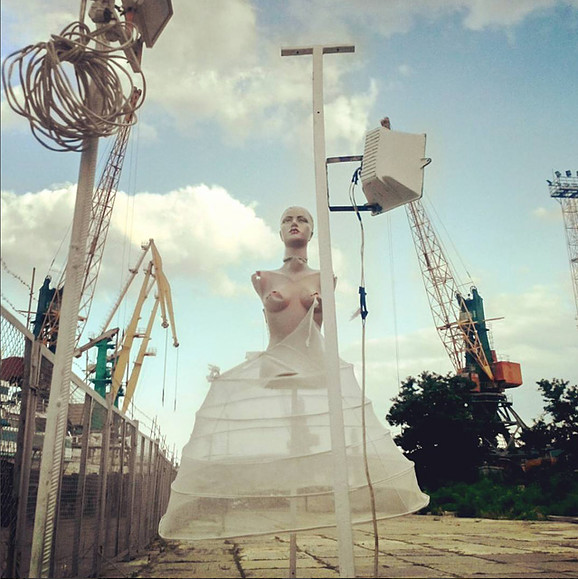
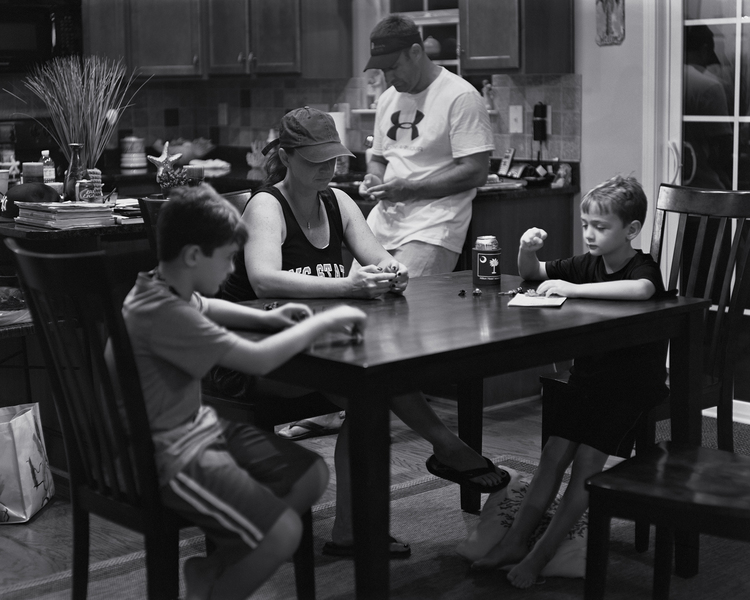


 Un timelapse ben fatto, ma soprattutto diverso dai soliti bei paesaggi: una centrale atomica mai terminata nelle vicinanze di Washington. Un luogo che colpisce per il suo apparire quasi alieno. Unico appunto (come al solito) la musica (tratta dal film Inception) che, nella parte centrale diventa invadente, mentre, per i […]
Un timelapse ben fatto, ma soprattutto diverso dai soliti bei paesaggi: una centrale atomica mai terminata nelle vicinanze di Washington. Un luogo che colpisce per il suo apparire quasi alieno. Unico appunto (come al solito) la musica (tratta dal film Inception) che, nella parte centrale diventa invadente, mentre, per i […]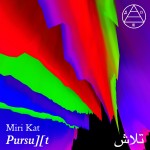 Un timelapse ben fatto, ma soprattutto diverso dai soliti bei paesaggi: una centrale atomica mai terminata nelle vicinanze di Washington. Un luogo che colpisce per il suo apparire quasi alieno. Unico appunto (come al solito) la musica (tratta dal film Inception) che, nella parte centrale diventa invadente, mentre, per i […]
Un timelapse ben fatto, ma soprattutto diverso dai soliti bei paesaggi: una centrale atomica mai terminata nelle vicinanze di Washington. Un luogo che colpisce per il suo apparire quasi alieno. Unico appunto (come al solito) la musica (tratta dal film Inception) che, nella parte centrale diventa invadente, mentre, per i […]